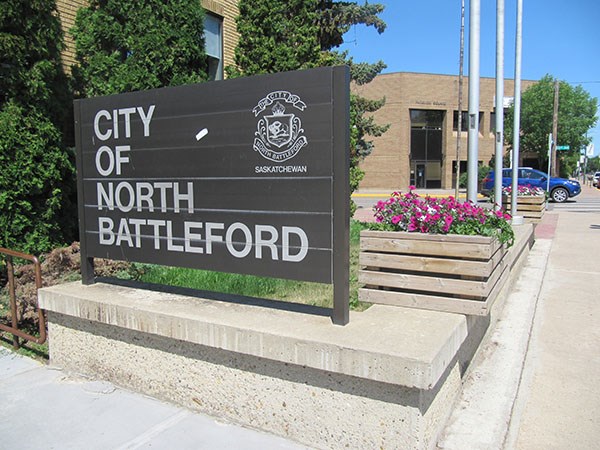The last step before property taxes go out in the mail at City Hall, the mill rate and taxation bylaws, are finally before city council.
But while six bylaws were before council Monday, only two of them made it through three readings and were signed and sealed: the bylaw to amend penalties on current taxes and the bylaw to establish subclasses of property.
But that was it.
Three other bylaws made it through two readings but failed to get the unanimous consent to go to third reading. These were the bylaws to establish mill rate factors; to authority the tax levy, minimum and base taxes and the BID levy; and for levying of the base tax for UPAR.
Of note, the mill rate factors bylaw includes two separate mill rate factors this year: one being the general mill rate factor, while the other is the “provincial downloading mill rate factor” to raise an additional $400,000 in revenue to address the city’s shortfall in the wake of the provincial budget.
The mill rate factors proposed are different for each class or subclass, so not everyone will be seeing the same impact to their property taxes. But the idea is to raise the additional three percent of revenue approved in the city’s budget, as well as the additional three percent on top of that from the “provincial downloading,” as the city refers to it.
However, it was not smooth sailing for the mill rate factors bylaw at council Monday.
During the second-reading discussion, Councillor Kelli Hawtin repeated concerns she’s raised previously about the three per cent downloading levy. In particular, she repeated concern that there had not been enough information provided about what the alternatives would have been to raising taxes.
“I don’t think we’ve been provided, or provided the public, the options of what we could do if we weren’t going to increase that,” said Hawtin.
“l don’t think we have necessarily completed the process in this.”
Councillor Greg Lightfoot was of the view council had “vetted this over and over,” and felt the additional three per cent was a necessity.
“I don’t think we have any option,” said Lightfoot.
“The provincial government has put us in this predicament.”
In the end, Hawtin voted along with the rest of council for first and second reading, but voted against the unanimous consent needed to move to three readings in one meeting. Mayor Ryan Bater also decided to vote against moving to third reading that evening.
The same scenario played out with the tax levy/base rate bylaw, as well as the UPAR levy bylaw. Those three will all return to council for third reading and likely passage at the next council meeting in two weeks.
One other bylaw introduced Monday night included provisions that would impose a special mill rate on a new subclass, of “vacant commercial buildings” in the “key commercial corridor.” First reading took place Monday night and the city now plans to go ahead with consultations with the public about the implications.




